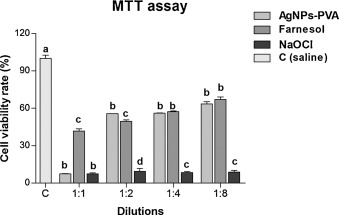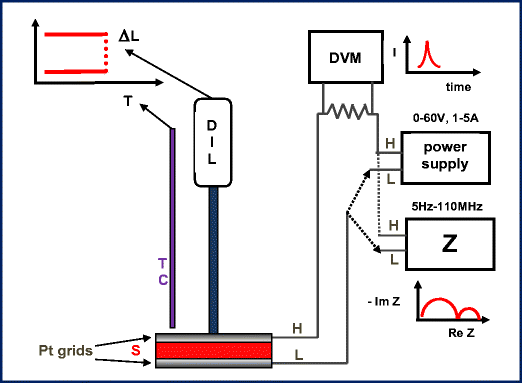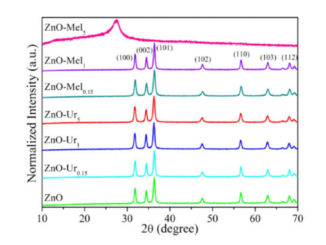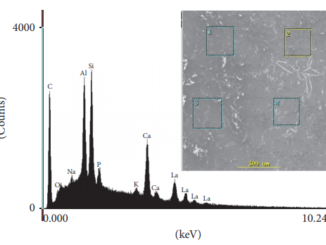
Cytotoxicity, genotoxicity and antibacterial activity of poly(vinyl alcohol)-coated silver nanoparticles and farnesol as irrigating solutions
Abstract
Objective
To evaluate the cytotoxicity, genotoxicity and antibacterial activity of poly(vinyl alcohol)-coated silver nanoparticles (AgNPs-PVA) and farnesol (FAR).
Design
The cytotoxicity (% of cell viability) was evaluated by MTT assay and the genotoxicity (% of DNA in the tail) was evaluated by Comet assay. Root canal disinfection with different irrigating protocols was evaluated ex vivo in human teeth contaminated with Enterococcus faecalis for 21 days. Three microbiological samples were collected: initial (after contamination); post-irrigation (after irrigation); and final (after 7 days). After each sample, the number of log 10 CFU mL−1 was determined. Statistical analyses was performed using two-way ANOVA and Bonferroni post-hoc tests for MTT assay, Kruskal-Wallis and Dunn post-hoc tests for Cometa and antibacterial assays (α = 0.05).
Results
The MTT assay showed that AgNPs and FAR were less cytotoxic that sodium hypochlorite (NaOCl) and showed a lower% of DNA in the tail, in comparison with H2O2 (positive control − C+). In the post-irrigation microbiological sample, all the irrigating protocols were more effective than C+ (without irrigation). NaOCl/saline, NaOCl/saline/AgNPs-PVA and NaOCl/saline/FAR led to complete bacterial elimination (p > 0.05). In comparison with the initial sample, both the post-irrigation and the final samples showed microbial reduction (p < 0.05).
Conclusions
AgNPs-PVA and FAR showed low cytotoxicity and genotoxicity, and exhibit potential for use as a final endodontic irrigation protocols.
Author(s): Chavez-Andrade, Gisselle M.; Tanomaru-Filho, Mario; Rodrigues, Elisandra M.; et al.
Archives of Oral Biology
Volume: 84 Pages: 89-93 Published: 2017
DOI: https://doi.org/10.1016/j.archoralbio.2017.09.028




